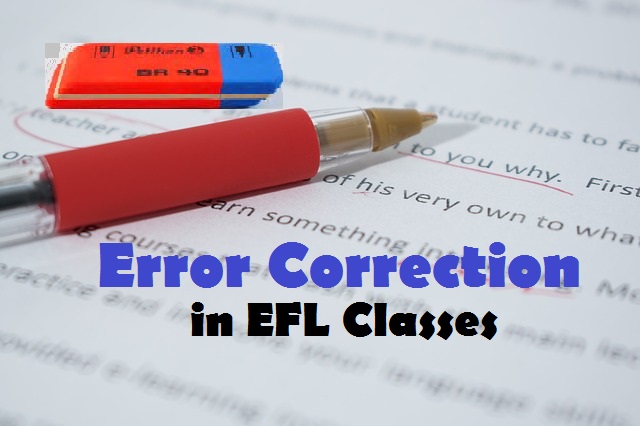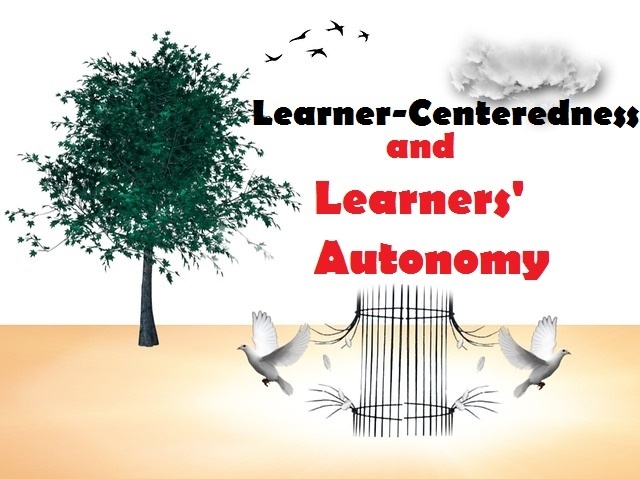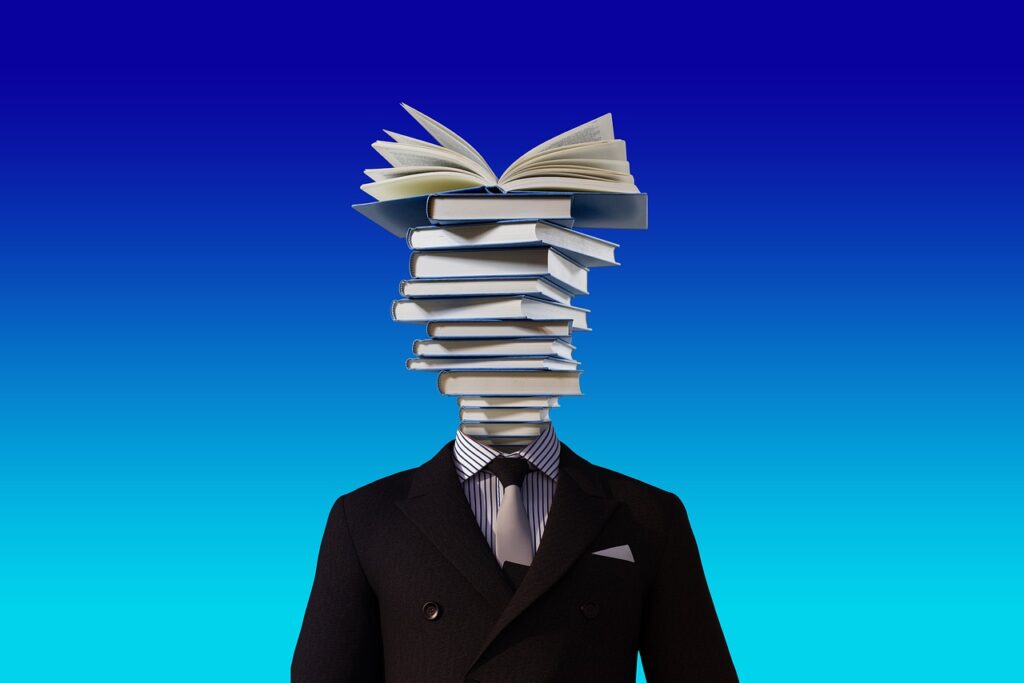Error correction
Error correction in EFL classrooms refers to the pedagogical process of identifying and correcting mistakes and errors made by English language learners.
In English language teaching, error correction is something teachers are always expected to do. So:
What can be done to make the best out of the errors teachers correct?
As teachers, we are often told that error correction is very important and should be immediate. Yet, this is something that has long been talked over. Teachers often ask:
Is what we are doing for students enough?
Well, it all depends on the results you see and the methods and techniques you use to handle errors.
Basically, in our post-method, technologically-advanced, and eclectic era, we need to know all the options available for us so that we can decide what is best for us and our students.
It is very important to make a distinction between errors and mistakes. Mistakes could be slips caused by confusion, inattention, tiredness, or sickness. Errors happen when learners don’t have sufficient knowledge of the language or when language is acquired incorrectly (referring to fossilized errors). In this post, both terms: mistakes and errors are used as the same as errors.
Some instructors correct every error and mistake made by learners. Others rarely or never correct their students’ errors. Both approaches actually have side effects. The first approach makes learners anxious and might result in a lack of fluency. The second approach might lead to students who are fluent but are very hard to understand.
Teachers should avoid any extreme approach that is likely to victimize students. Teachers need to choose the time appropriately and also devote enough time for students to practice freely and in-depth.
Here some cases when teachers should correct students
- Teachers should correct mistakes and errors when learners can’t find their path to proceed. When noticing them looking for the right word, phrase, or grammar rules, teachers can help them.
- When teachers spot several learners who have made the same mistake, they should note that and plan a follow-up activity to correct them and provide public feedback.
- Teachers should never interrupt what learners are doing and shouldn’t also ignore them.
- Teachers should correct errors when there is an obvious misunderstanding. For example, a learner uses a wrong rule or tense verb which will confuse the listener.
How should teachers correct mistakes and errors?
- Teachers should explain why it is a mistake and it does affect communication and understanding. When students understand why it is an error or a mistake, they will be motivated to correct it and remember it.
- Teachers should always show students a better way! It is not enough to just tell them that they are wrong, give them examples in sentences to support the correction. It is better to give more than two examples.
- If it is a very difficult point or an error or a mistake that is made by several learners, it is advisable to have the whole class practice the correct sentences out loudly so everybody understand it.
All in all, Error correction is one of the most important things in the teaching process because it is what helps learners foster and improve their language skills. Addedly, teachers should develop an effective approach of sound error correction that depends on the context where they teach and the nature of learners they have.








the problem is that when correcting errors in an accuracy based manner, via drills, for example , students seem to correct their errors but it is misleading. drills are form focused. in a form focused activity, students will seem perfect but you can not guarantee that they will use the correct form when focus shifts to meaning.